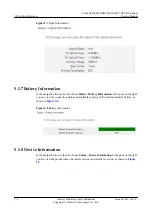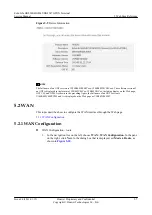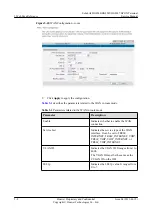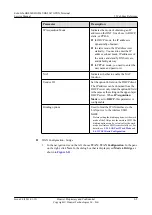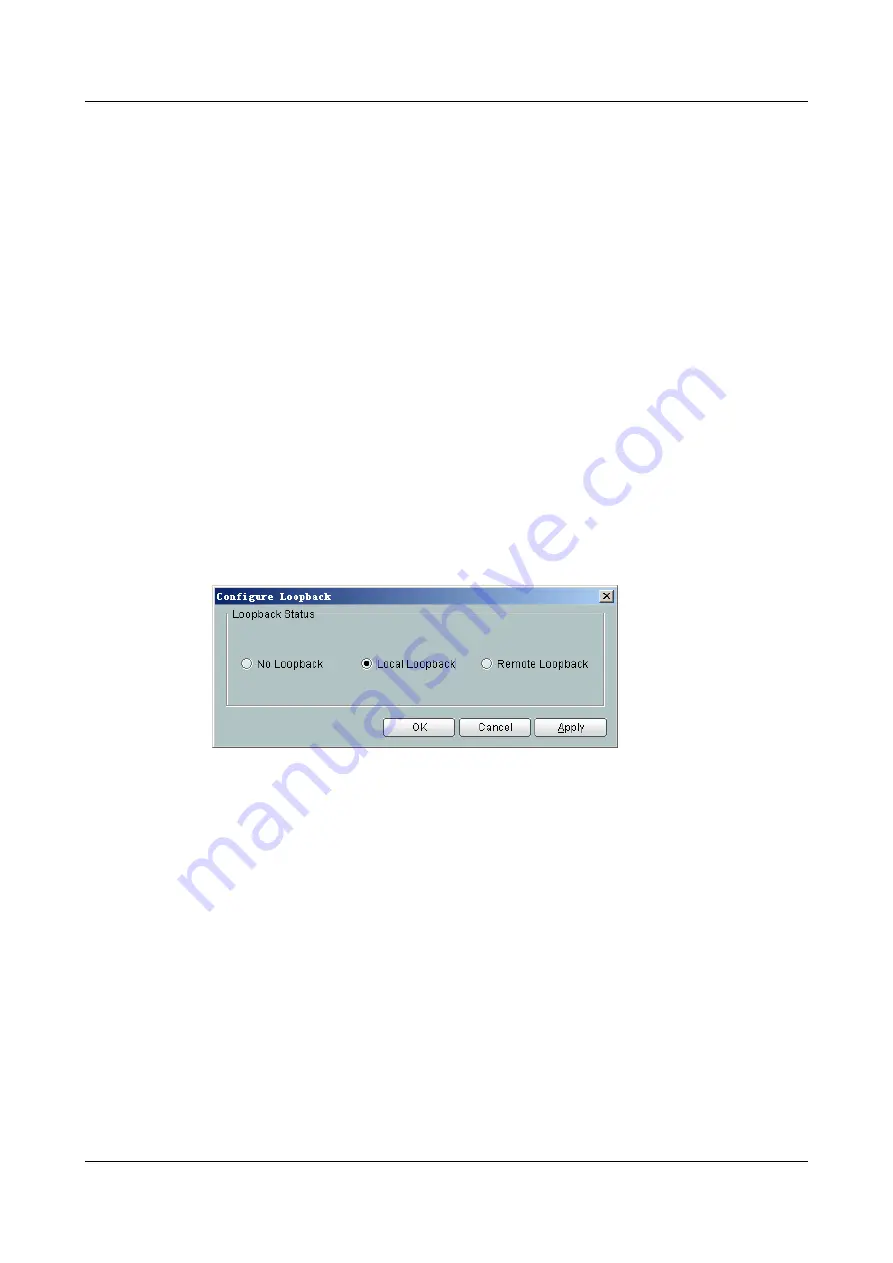
Precautions
l
The loopback can be set only after a call is set up.
l
After onhook, the communication ends and loopback is cancelled automatically.
l
Direct switching between local loopback and remote loopback cannot be performed. To
switch between local loopback and remote loopback, cancel the current loopback first.
Procedure
Step 1
Make calls between VoIP users on an ONT.
Step 2
In the
Physical Map
navigation tree on the
Main Topology
tab page, double-click the target
OLT, or select the target OLT, right-click, and choose
NE Explorer
.
Step 3
In the navigation tree, choose
GPON
>
GPON ONU
.
Step 4
On the
GPON ONU
tab page, set the search criteria to find the GPON ONU records.
Step 5
Select a required record from the ONT list, and then click the
The Ont's UNI Port Info
tab in
the lower pane.
Step 6
Select a record from the list whose
UNI Type
is
Pots
, right-click, and choose
Config Port
Loopback
from the shortcut menu, as shown in the following figure.
Figure 4-15
Local loopback and remote loopback on a POTS port
Step 7
In the dialog box that is displayed, select a loopback type and click
OK
to start a test. The
loopback types include
No Loopback
,
Local Loopback
, and
Remote Loopback
.
----End
Result
l
After local loopback is set, the local voice is audible. If the local voice is not audible, the
POTS port of the ONT is faulty.
l
After remote loopback is set, the peer end can hear his/her echo. If the echo is not audible,
the link from the peer end to the local ONT is faulty.
The communication recovers after loopback is cancelled or the phone is placed on the hook.
4.5.9 VoIP Loop-Line Test
A VoIP loop-line test is used for locating a fault that occurs on wires A and B. It includes the
voltage test, resistance test, and current test.
EchoLife HG8240/HG8245/HG8247 GPON Terminal
Service Manual
4 Maintenance and Troubleshooting
Issue 04 (2011-01-12)
Huawei Proprietary and Confidential
Copyright © Huawei Technologies Co., Ltd.
4-25


























